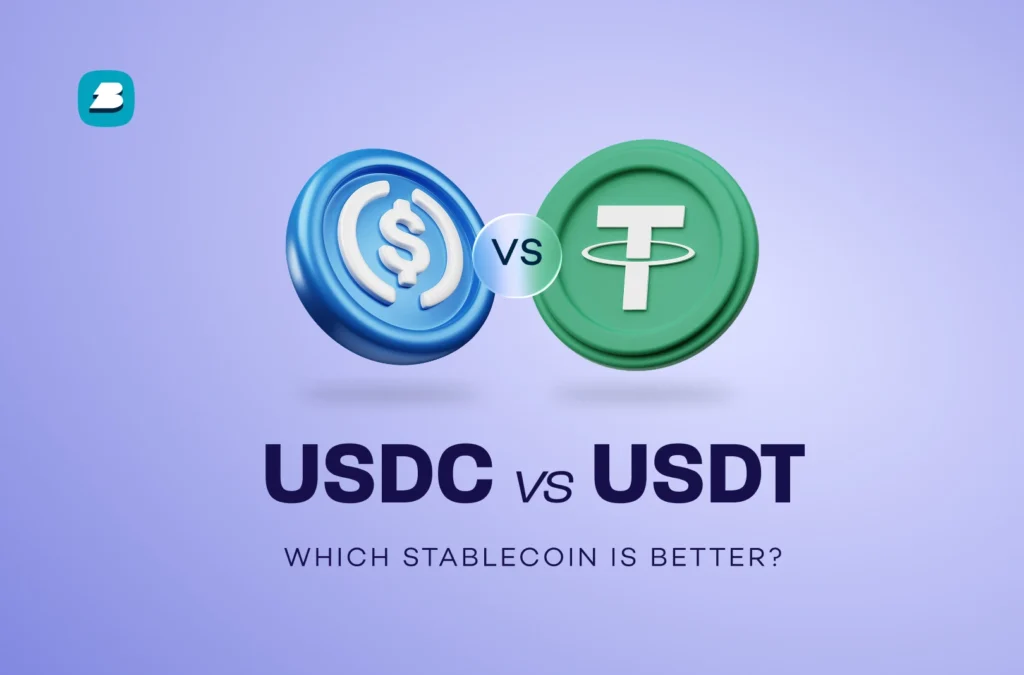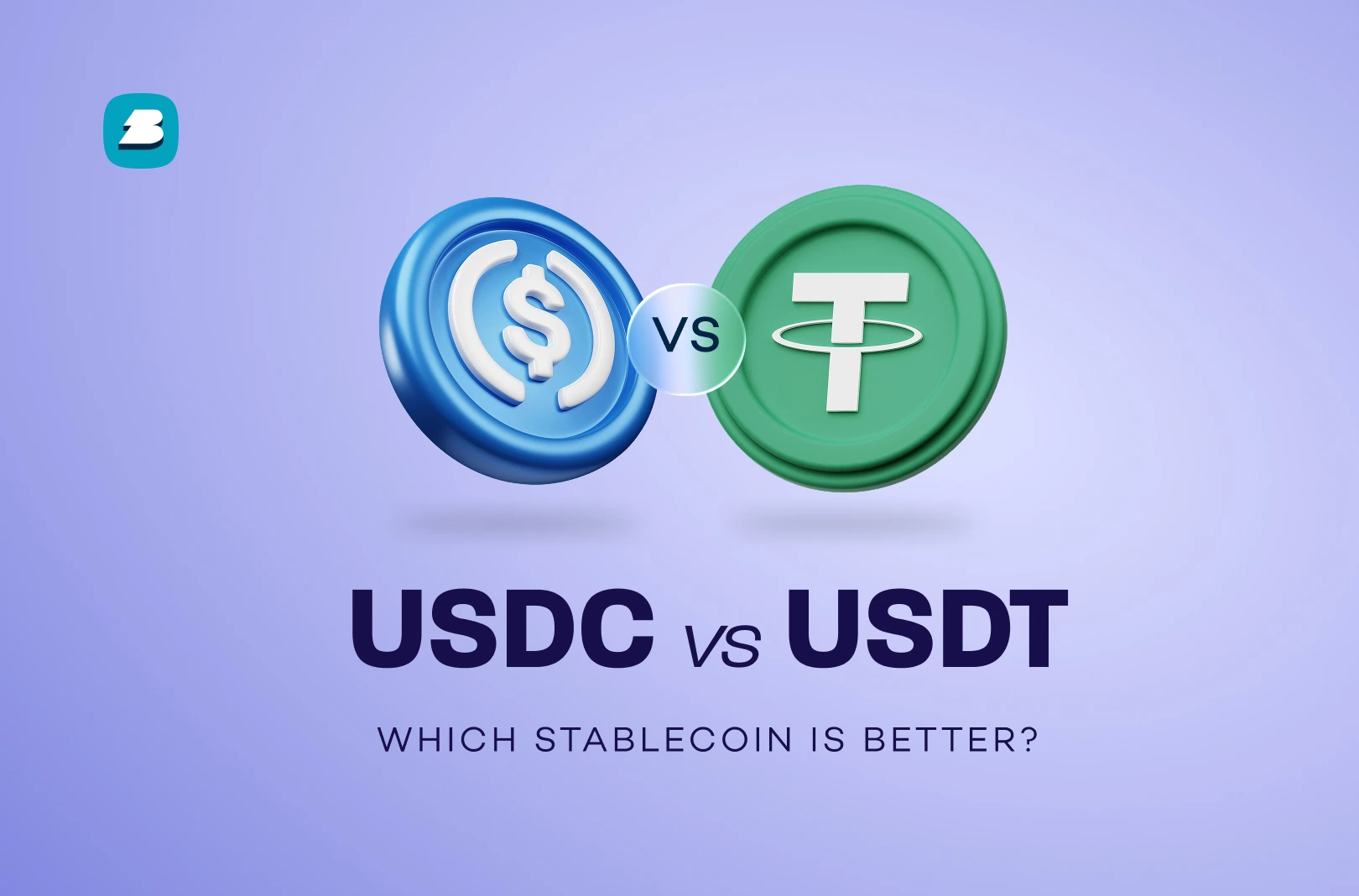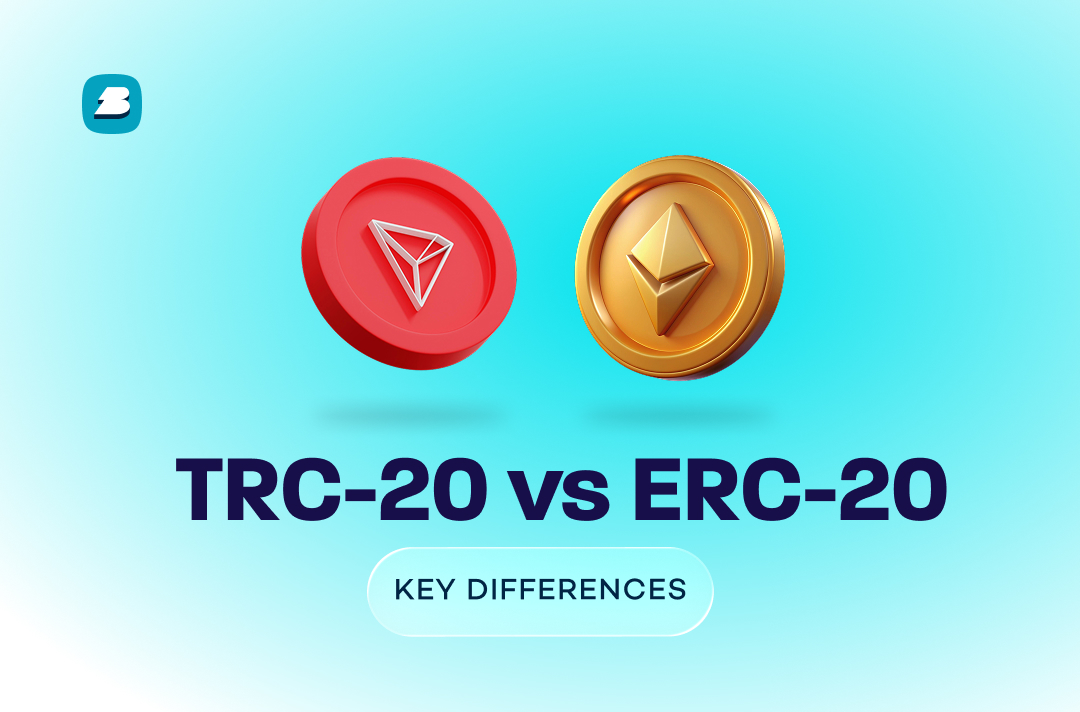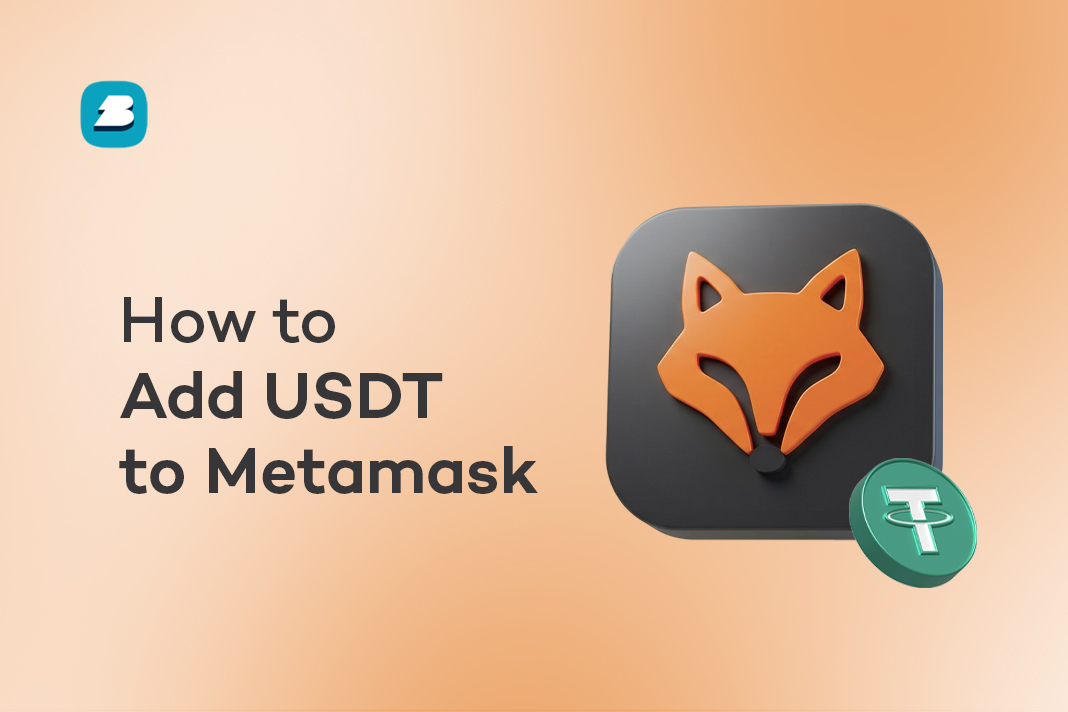USDT vs USDC comparison has always been on, and for understandable reasons.
Cryptocurrencies are often criticized for their volatility.
Prices swing rapidly, and while that brings profit opportunities, it also introduces risk. Stablecoins solve this challenge by pegging their value to stable assets, mostly fiat currencies like the U.S. dollar.
In 2025, stablecoins are no longer just trading tools.
They power remittances, decentralized finance (DeFi) protocols, e-commerce payments, and cross-border settlements.
Out of all stablecoins in circulation, USD Coin (USDC) and TetherUSD (USDT) dominate, controlling over 80% of the stablecoin market share.
This raises a crucial question of which stablecoin is better for crypto users in 2025 between USDT vs USDC.
Related:
- How to Add USDT to MetaMask in Minutes (2025 Guide)
USDT vs USDC: Background and Issuers
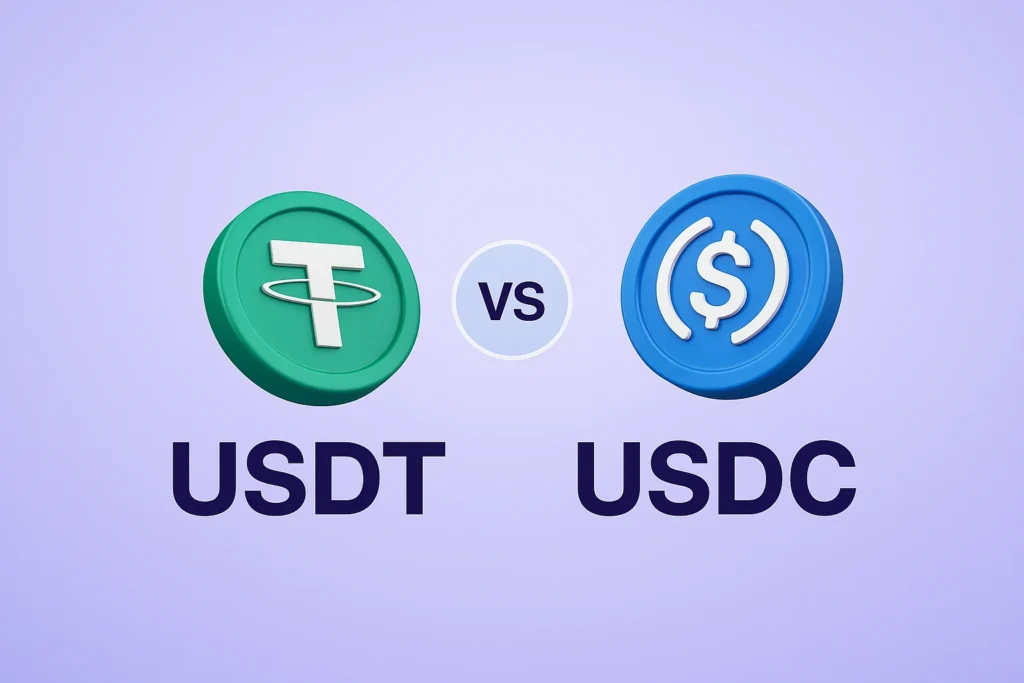
Launched in 2018 by Circle, in partnership with Coinbase under the Centre Consortium, USDC is a regulated stablecoin digital currency.
It was managed by the Centre Consortium until 2023, but is now primarily overseen by Circle.
Known for being fully backed by U.S. dollar reserves and U.S. Treasury bonds, USDC has built a strong reputation as a transparent and regulation-friendly stablecoin.
On the other hand, USDT was launched in 2014 by Tether Limited.
Standing as the oldest and largest stablecoin in terms of market cap, USDT is widely used for trading and payments.
However, its history is clouded with controversies around transparency and reserve audits.
Despite that, it still dominates crypto markets in terms of liquidity and daily trading volume.
USDT vs USDC: Key Differences; Transparency, Regulation, and Backing
Transparency
USDC
According to the company, all USDC tokens are backed by a US dollar or cash equivalent asset.
These assets are held by Circle in its publicly visible reserves, with assurances issued monthly by a Big Four accounting firm. Particularly, the issuing company, Circle, publishes monthly USDC reserve reports, making it easier for users to trust its 1:1 peg with the dollar.
USDT
Likewise, all USDT tokens are pegged at 1-to-1 with a matching fiat currency and are backed 100% by Tether’s Reserves, according to Tether.
As part of Tether’s commitment to transparency, the company publishes Reserves reports quarterly while information about USDT in circulation is typically published daily.
In addition, an independent third-party accounting firm BDO Italia executes Independent Auditors’ Reports on Tether’s Reserves reports quarterly.
These reports aim to demonstrate that Tether’s Reserves are greater than the redemption value of USDT in circulation on the dates reported. However, while claiming to be fully backed, Tether has often been criticized for lack of consistent independent audits.
Regulation
USDC is issued by Circle, a regulated financial service business that follows strict US laws and standards.
Accordingly, USDC aligns closely with U.S. regulators and financial standards, making it a regulatory-compliant stablecoin.
USDT, on the other hand, operates with fewer regulatory ties, which makes it more accessible globally but raises trust concerns.
Backing
USDC is fully backed by U.S. dollar–denominated assets of corresponding value, which are maintained as reserves for the benefit of its holders. Notably, cash reserves are deposited with regulated financial institutions.
Meanwhile, the Circle Reserve Fund, which may comprise short-dated U.S. Treasuries, overnight Treasury repurchase agreements, and cash, is held in custody by The Bank of New York Mellon and managed by BlackRock.
On the other hand, USDT is primarily backed by U.S. Treasury Bills.
Data shows that Tether reached an all-time high of total exposure in U.S. Treasuries approaching $127 billion in Q2 2025.
Top Pick:
- USDT TRC20 Contract Address: What is it & How to Get it?
USDT vs USDC: Performance in 2025; Adoption, Use Cases, and Fees
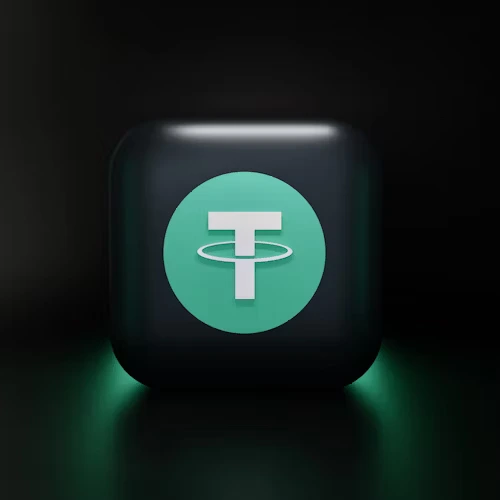
Adoption
USDT
USDT leads in adoption with a net circulation or market cap of over $163 billion as of September 2025, dominating most exchanges, peer-to-peer (P2P) platforms, and DeFi protocols.
According to Tether, there are over 460 million USDT users globally. The stablecoin is mostly used by people in developing countries, especially for remittances, the unbanked and as a USD denominated savings tool.
USDC
USDC is widely used for payments, remittances, and businesses that need a stablecoin with robust regulatory backing.
According to Circle, USDC is available in over 185 countries as of September 2025, with a market cap of over $70 billion. USDC also boasts several global banking partners, which add an extra layer of security and compliance to its dollar equivalent backing.
Use cases
USDT
In terms of use cases, USDT is ideal for high-frequency traders, crypto arbitrage, and markets with high liquidity needs. Also, it helps boost the liquidity and stability of the U.S. financial system.
Moreover, USDT facilitates global transactions in U.S. dollar denominated value, promoting dollar-backed stablecoins in cross-border trade.
USDC
USDC is widely adopted by institutions, businesses, and individuals looking for transparency and compliance.
Notably, several digital wallets, DeFi protocols, and blockchains have integrated USDC, providing users with direct access to the stablecoin.
Likewise, USDC has gained support of payment service providers, digital banks, neobanks, and exchanges, allowing users to send, spend, trade and hold USDC.
Blockchain support
On blockchain support and network fees, both USDC and USDT support Ethereum (ERC-20), Tron (TRC-20), and other chains like Solana, Polygon, BNB Smart Chain, etc.
Notably, transaction costs depend on the blockchain network used. For example, TRC-20 and BEP-20 transfers are cheaper than ERC-20.
USDT vs USDC Fees
When it comes to fees, both USDT and USDC are designed to be affordable, but the actual cost depends on the blockchain you use.
USDT
- On the TRON (TRC20) network, transfer fees are usually around 1 USDT flat per transaction, making it the cheapest option for sending and receiving.
- On the Ethereum (ERC20) network, gas fees can range from $2 to $20, depending on network congestion.
- On other chains like Solana or BSC, fees are much lower, often less than $0.10 per transfer.
USDC
- On Ethereum (ERC20), fees are similar to USDT, ranging between $2 to $20 depending on activity.
- On networks like Solana, Polygon, or Avalanche, USDC transactions usually cost less than $0.01 to $0.05.
- Some exchanges and wallets may also offer zero-fee transfers when moving USDC within their ecosystem.
Which is Better?: For low-cost everyday transfers, USDT on TRON is generally the cheapest option. However, USDC on Solana or Polygon can also be nearly free and better suited for DeFi users.
For You:
- The Best 9 USDT Trading Platforms, Ranked (2025)
USDT vs USDC: Which Stablecoin is Better in 2025?
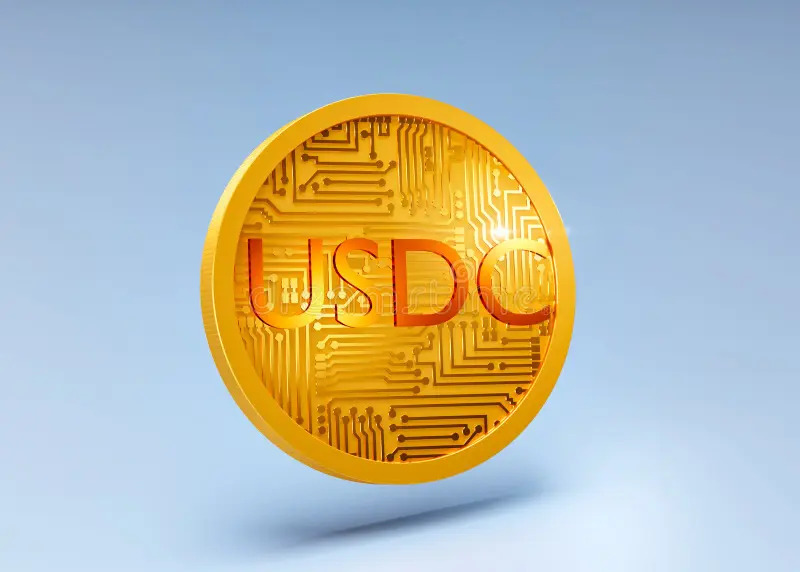
Here’s how USDC vs USDT compare in 2025, so you can decide which stablecoin is better suited to your needs:
1. Market Position and Size
USDT remains the dominant stablecoin by market capitalization, accounting for over 60% of the stablecoin market with around $163 billion in circulation as of September 2025.
Notably, USDT retains dominance due to early-mover advantages, deep liquidity, and widespread adoption across Asia, Latin America, and Africa.
USDC follows behind with a market cap of approximately $70 billion, fueled by regulatory compliance and institutional adoption .
Which is Better?: Based on market position and size, USDT is better.
2. Liquidity and Usage
USDT offers superior liquidity, broad global exchange support, and dominance in high-frequency trading, cross-border payments, and remittance corridors especially via blockchains like TRON.
USDC trails USDT in liquidity, but it’s gaining rapid traction, especially in institutional channels, DeFi use cases, and regulated markets .
Which is Better?: Based on liquidity and usage, USDT is better.
3. Transparency and Regulatory Compliance
USDC is viewed as the more transparent and compliant option. It provides monthly attestations, reserve reporting, and is fully compliant with EU MiCA regulations and U.S financial laws.
Moreover, USDC stands to benefit from emerging regulatory frameworks like the GENIUS Act in the U.S., which establishes clearer compliance frameworks.
USDT has faced some regulatory scrutiny and provides quarterly attestations rather than full audits, with concerns over transparency and reserve composition.
Which is Better?: Based on transparency and regulatory compliance, USDC is better.
4. Reserve Backing and Financial Strength
USDC’s reserves are fully backed by cash and cash equivalents, managed via Circle Reserve Fund and custodied by reputable institutions like BNY Mellon and BlackRock.
Its weekly reserve reporting and monthly audits has bolstered trust.
USDT is primarily backed by U.S. Treasury Bills.
While not as transparent, it’s highly profitable, reporting $4.9 billion in net profit in Q2 2025. Notably, Tether’s demand for U.S. Treasury Bills have been significant enough to materially lower short-term yield rates, acting like a major non-sovereign buyer in that market .
Which is Better? While USDC is better based on reserve backing, USDT is better in terms of financial strength.
5. Adoption and Ecosystem Integration
USDT enjoys broad adoption across centralized exchanges (CEXs), decentralized exchanges (DEXs), P2P markets, and payment processors.
Its presence on multiple blockchains, including TRON, Ethereum, Solana, and Binance Smart Chain, makes it highly versatile for both retail and institutional use.
USDC, while not as widely used globally, has a stronger foothold in the U.S. and Europe.
It is deeply integrated into regulated fintech platforms, Web3 apps, and DeFi protocols, making it a preferred choice for compliant on-chain activities.
Which is Better?: For global adoption and multi-chain versatility, USDT is better. For DeFi and regulated ecosystem integration, USDC is better.
Related:
- BEP20 Wallet: What is it & How to Create One?
USDT vs USDC: Side-by-side Comparison
| Criterion | USDT | USDC | Which is Better? |
|---|---|---|---|
| Market Position | ~163B cap, strong retail reach | ~$70B cap, strong institutional growth | USDT |
| Liquidity | High liquidity, TRON dominant | Growing liquidity, DeFi strength | USDT |
| Transparency | Quarterly reports, less transparent | Monthly reports, MiCA compliant | USDC |
| Reserves & Strength | T-bills backing, highly profitable | Cash backed, strong reporting | Mixed |
| Adoption | Multi-chain, retail and cross-border | Fintech & DeFi, strong in US/EU | Split |
| Overall | Best for liquidity, trading | Best for compliance, institutions | Depends |
USDT vs USDC Summary
- Choose USDT if you value maximum liquidity, fast cross-border transfers, and DeFi compatibility, especially outside tightly regulated regions.
- Choose USDC if your priority is regulatory transparency, trustworthiness, and integration with institutional or compliant financial systems.
But generally, both USDC and USDT are reliable stablecoins useful for hedging against market volatility, hedging against inflation, cross-border remittances, payments as well as trading in the crypto market.
In 2025, many crypto users utilize both stablecoins for trading and other purposes.
Don’t Miss:
- ERC20 Wallet Address: What is it & How to Get One?
Frequently Asked Questions on USDT vs USDC
Why is USDT more popular than USDC?
USDT was the first-ever stablecoin. It has higher liquidity, market cap and is supported on almost every crypto exchange.
Can USDC or USDT lose their peg?
While rare, stablecoins can depeg temporarily. In the past, both USDC and USDT faced brief depegs but quickly regained stability.
Which stablecoin has lower fees in Nigeria and Ghana?
USDT and USDC transactions on the TRC-20 network usually offer the lowest fees.
Can I use USDC and USDT on Breet?
Yes! Breet supports both USDC and USDT, allowing Nigerians and Ghanaians to easily convert stablecoins into cash within minutes.
Can I use both USDT and USDC together?
Yes. Many traders and businesses use both stablecoins, choosing USDT for liquidity and USDC for compliance and trust in regulated environments.
